The Nerds Who Brought The Nazis to Their Knees
By Gil Zeimer
More than 80 years ago, the world was at war.
On the ground in Europe, the Nazis’ Third Reich had invaded and controlled most of the continent, while unmercifully bombing London during “The Blitz” in its hopes of surrender.
On the seas, Nazi U-2 submarines were sinking approximately 3,000 Allied vessels, primarily merchant and warships.
On the strategic front, as many as 50,000 Nazi Enigma machines were being used to capture and decipher the Allies’ most top-secret messages. Enigma’s electromechanical rotor mechanisms could scramble the alphabet’s letters of Allied messages, then send them to German troops with specific details of daily army, navy, and air force troop movements.
More importantly, the Nazis’ Enigma machines could create new ciphers and codes –– every 24 hours.
Recruiting The Secret Codebreakers.
To begin turning the tide of the war and change the course of history, the United Kingdom’s Government Code and Cypher School (GC&CS, created in 1919) launched one of the world’s best-kept secrets.
Located at Bletchley Park, it was the site of a refurbished 600-acre estate about 30 miles north of London and far from the nightly German bombings. Here, GC&CS started recruiting the most brilliant minds they could find.
Their sole, secretive mission was to break hundreds of Nazi coded dispatches and cyphers during World War II about troop and ship movements. By sharing that information, the Allies gained a critical advantage over the Nazis.
The Commander and Two Brilliant Recruits.
Commander Alastair Denniston headed the GC&CS at Bletchley Park from 1919 to 1942. He gets the credit for building the UK’s first unified cryptanalytic organization.
By 4 September 1939, the day after England declared war on the Third Reich, approximately 180 people were at work. That’s when Denniston started contacting scientists from Oxford and Cambridge, including distinguished mathematicians Alan Turing and Gordon Welchman, to ask if they’d be willing to serve with him.
Welchman had been a lecturer in Algebraic Geometry and Dean at Sidney Success College, Cambridge, while Turing was a brilliant Cambridge mathematician, logician, cryptanalyst, philosopher, and theoretical biologist.
Enlisting Personnel While Maintaining Total Secrecy.
Within a few years, nearly 9,000 people lived and worked at the estate and its surrounding towns; the majority of them were women.
Most were recruited when GC&CS placed discreet “Help Wanted” ads in the local newspapers. Others were from word-of-mouth connections of newly recruited codebreakers, or through enlisted staff who’d completed basic training in the armed services.
Under the guidance of Turing and Welchman, their mission was to determine how to break these codes, while maintaining total secrecy, seemed insurmountable. Because of the sensitivity of their jobs, these employees could tell no one where they worked or what they did.
How Turing and Welchman Broke Encryption Barriers.
Turing was tasked with finding a way into Enigma. He invented the first Bombe machine which became operational at Bletchley Park in 1939, while Welchman later made a key refinement.
The Bombe machine helped speed up the decryption of encrypted Enigma messages on a grander scale, reducing 158 million million million calculations to just over one million possible settings.
But, by 1943, the Codebreakers needed to pioneer cutting-edge technology. That’s when Welchman developed the “Diagonal Board.” It made the Bombe immensely more powerful and enabled it to further scale up the decryption process.
The Results Were Nothing Short of Remarkable.
This new information supplied by the Bletchley Park codebreakers proved crucial to Britain and its allies at several critical points in the war against the Nazis. These included the Battle of Britain, the Blitz, the Battle of Cape Matapan, Crete, North Africa, the Battle of the Atlantic, and ultimately, D-Day.
After the war, U.S. General Dwight D. Eisenhower said that the Codebreakers’ contributions helped end the war two-to-four years earlier and saved tens of thousands of lives.
What You’ll See There Today.
This large complex has many interesting stops during the scheduled tours. Starting at the Visitor Center in Block C, you can watch a short film that provides an overview of the miraculous work done there by the Codebreakers.
Sign up for an hourly tour where your knowledgeable volunteer walks you through the original Victorian Mansion with the Commander’s office and the library, as well as the huts that contained the original Bombe machine, codebreaking areas, Intelligence Factory, stable, garages, museum, and the café.
Movies About Bletchley Park.
If you’ve seen “The Imitation Game” film on MAX or Prime Video with Benedict Cumberbatch and Keira Knightley, you know the basic story, but the human ingenuity to break the codes by building the first non-digital computer was equally fascinating.
Another movie called “Codebreaker” was specifically focused on the highs and lows of Alan Turing’s life, and “Station X: World War 2 Codebreakers”, a four-part documentary, is available on YouTube.
How To Get to Bletchley Park.
This vibrant historic site is well worth the time to visit from London. Purchase your round-trip train tickets in advance from Euston Rail Station to Bletchley Park, a 40-minute ride to the northwest on a non-stop train. Single adult tickets start at about £48.60 round-trip; children 12 to 17 tickets are £24.30. Kids 5 to 11 are free. The estate is just a five-minute walk from the train station.
Advance online booking prices for your Bletchley Park visit are £23.40 for adults, £15.75 for 12-17-year-olds, £39.60 for a family of 1 adult and 2 children aged 12 to 17, £63.00 for a family of 2 adults and 2 children, or £21.50 for seniors over 60 and students with valid ID.
Admission prices purchased on the day of your visit are slightly higher. Buy your tickets here.
For more information, visit https://bletchleypark.org.uk/.

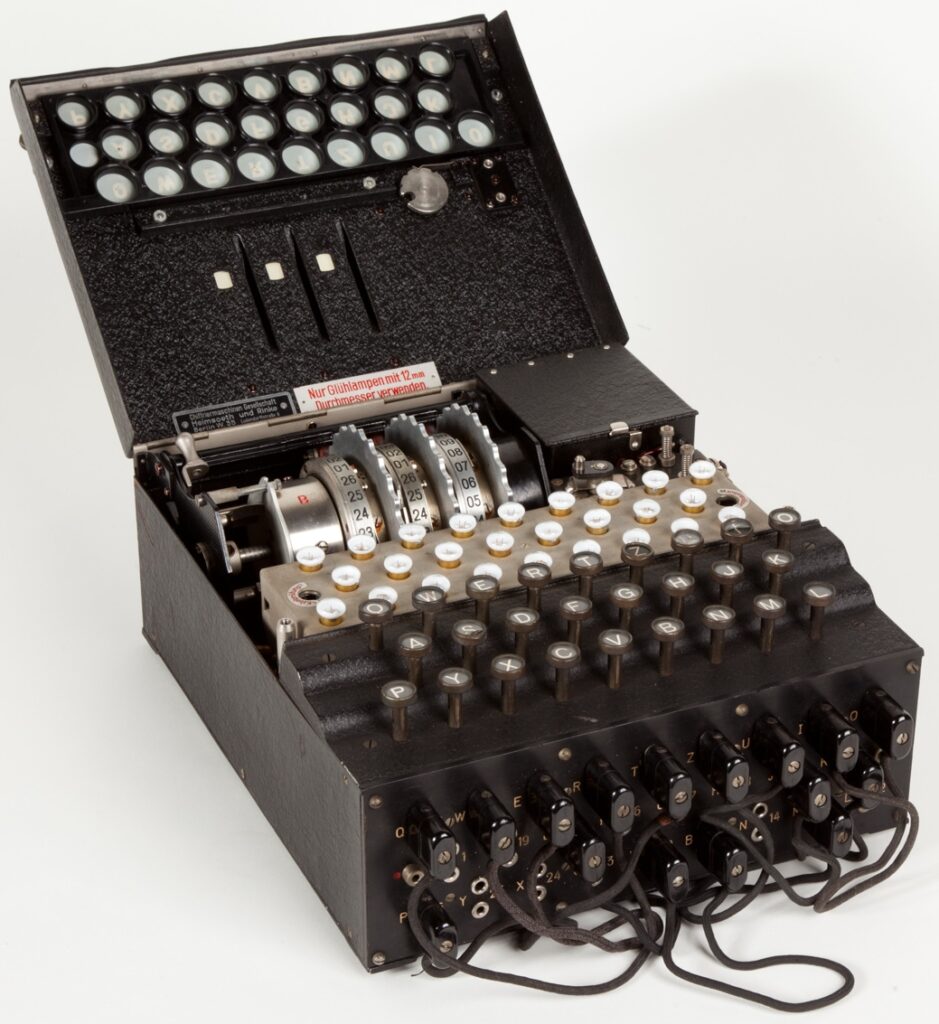
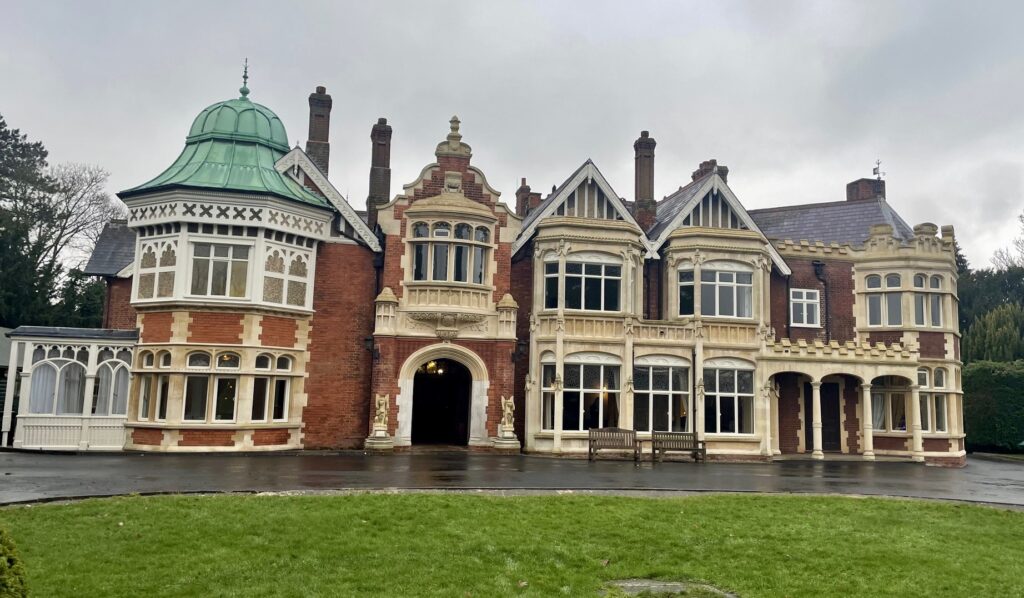
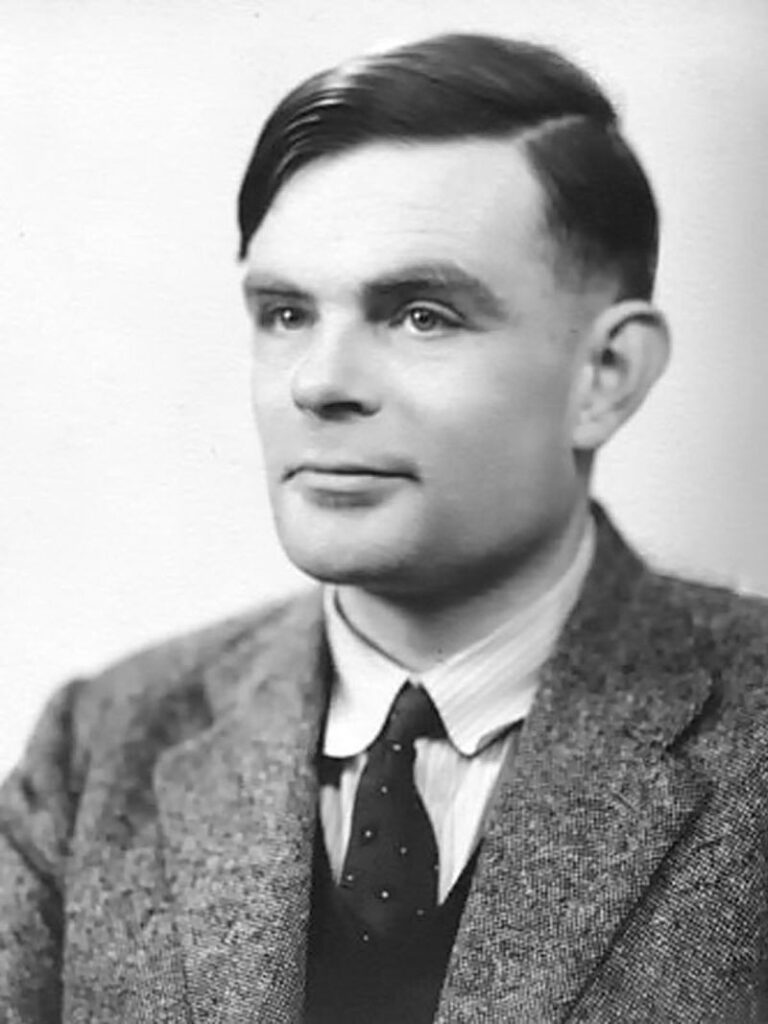
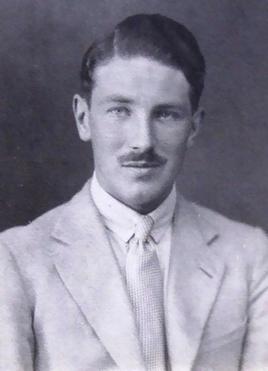
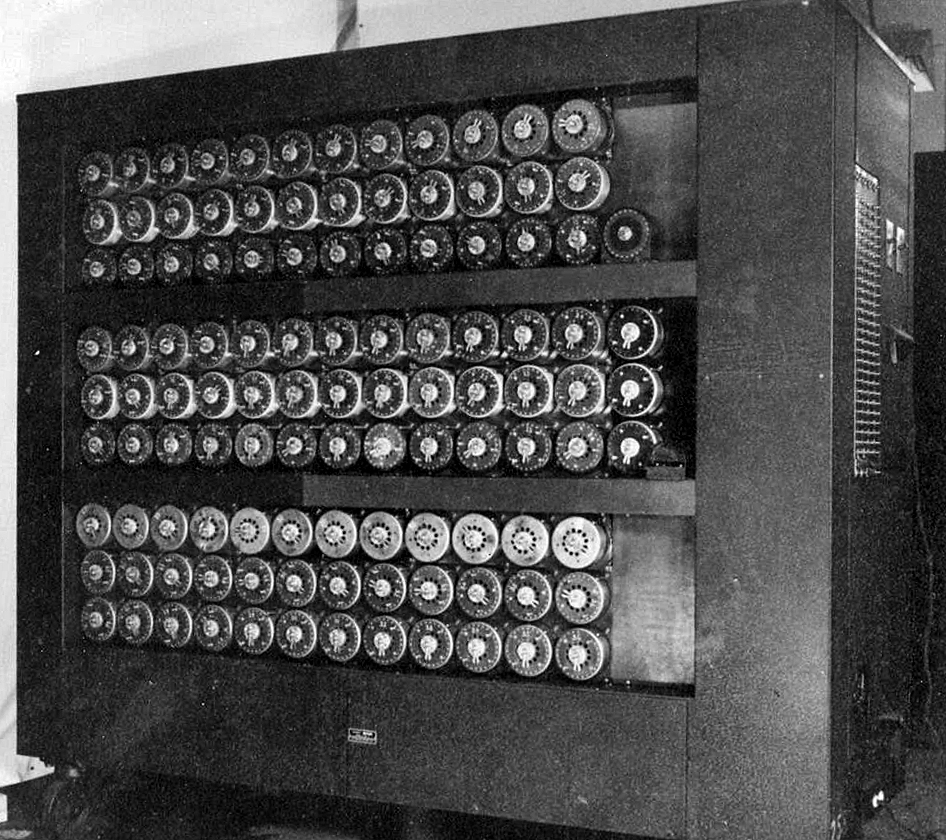
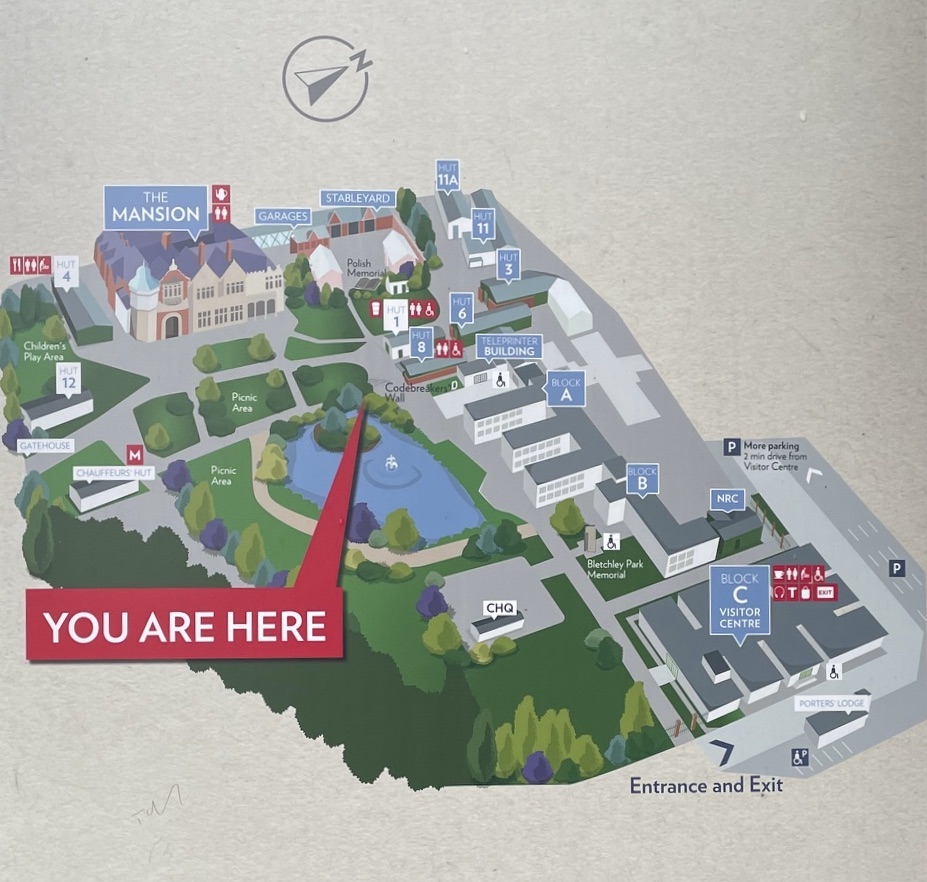
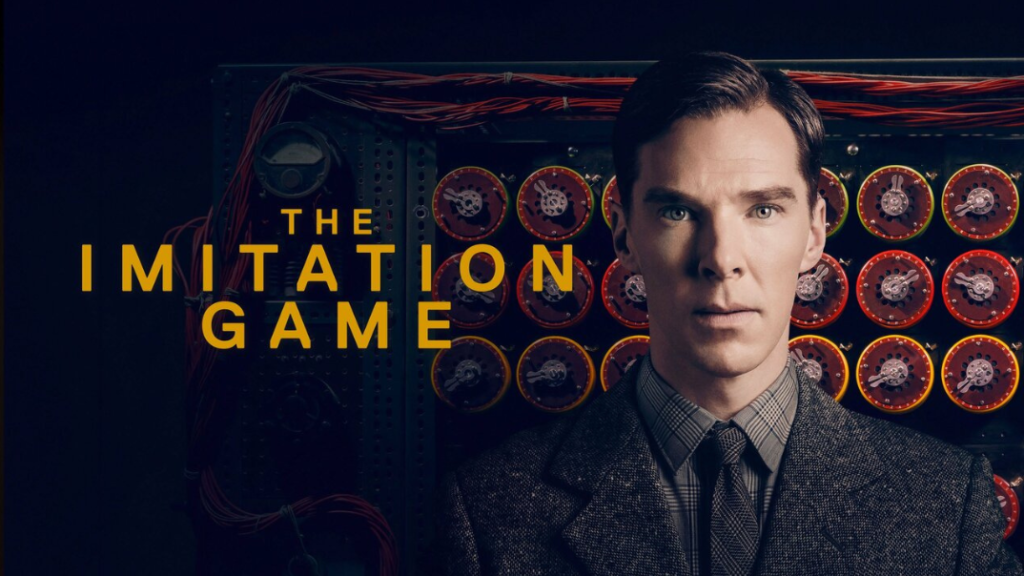
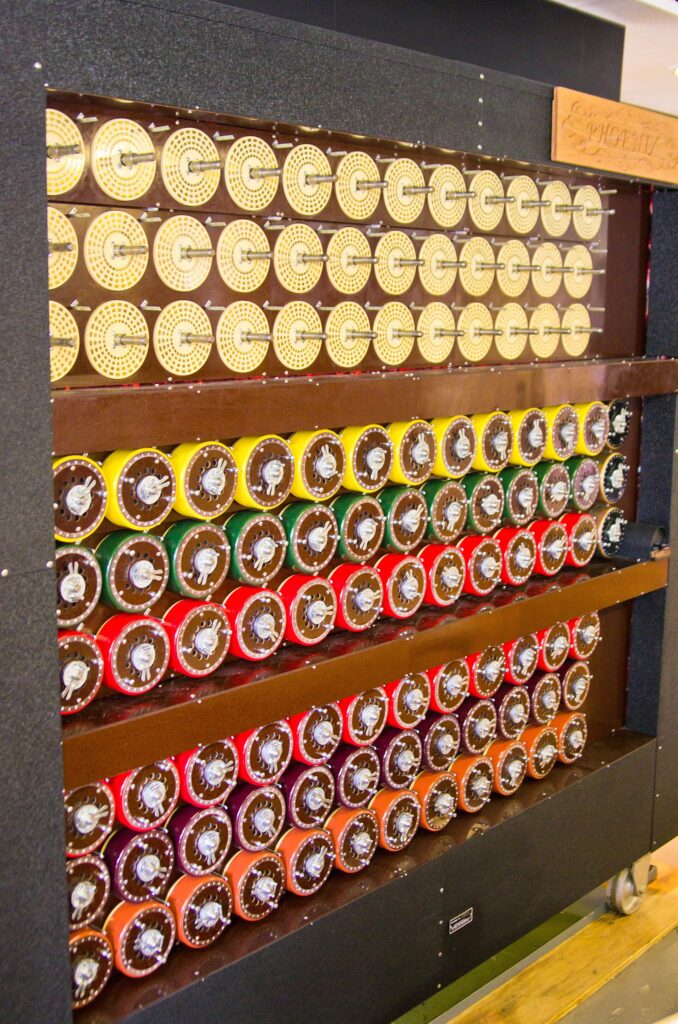
Comments are closed.